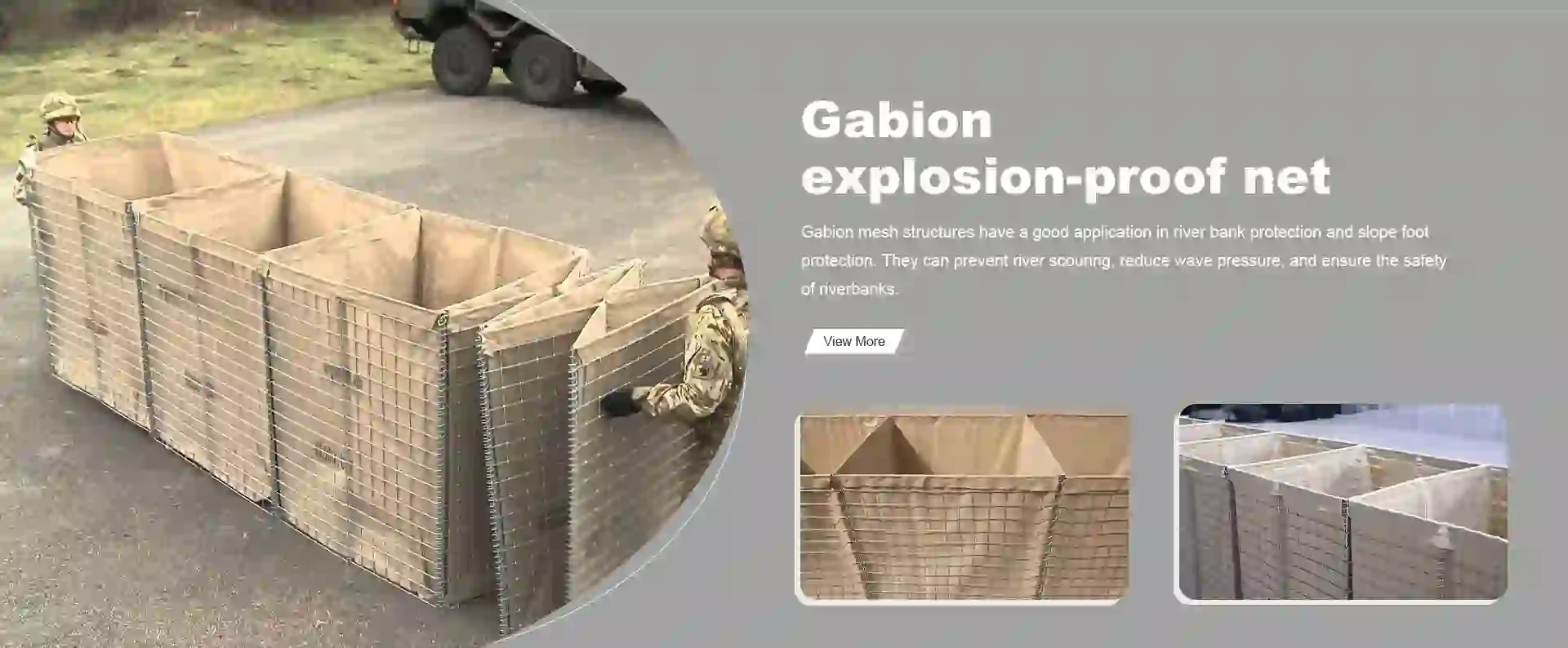-
 Phone:
Phone: -
 Email:
Email:

barbed fencing wire
The Many Uses and Benefits of Barbed Fencing Wire
Barbed fencing wire has long been a staple in agricultural and security applications, offering both physical barriers and psychological deterrents. Its unique design, characterized by sharp barbs spaced at regular intervals along the wire, makes it effective in preventing unauthorized access to property while ensuring the safety of livestock. This article discusses the various uses, benefits, and considerations associated with barbed fencing wire.
Historical Context
The invention of barbed wire dates back to the late 19th century, with numerous patents filed between the 1860s and 1880s. The most recognized version was patented by Joseph Glidden in 1874, and it quickly gained popularity for use in cattle ranching and agricultural fencing. The combination of affordability and effectiveness made barbed fencing wire a revolutionary solution for farmers and landowners grappling with the challenges of enclosing large areas of land.
Applications
Barbed fencing wire serves multiple purposes in various settings
1. Agricultural Use One of the most common applications of barbed wire is in livestock management. It effectively keeps animals like cows, sheep, and horses within designated areas, preventing them from wandering off or getting into dangerous situations. Additionally, it helps keep predators out, safeguarding valuable livestock from harm.
2. Security Fencing In urban and industrial settings, barbed wire is frequently used in security fencing. It deters trespassers from entering private property, making it a popular choice for warehouses, military bases, correctional facilities, and high-security zones. The visible threat of injury from the sharp barbs creates an additional layer of security that often dissuades potential intruders.
3. Perimeter Security Beyond private properties, barbed wire is also utilized for securing borders and perimeters, such as those in national parks or wildlife reserves. It helps maintain boundaries while ensuring that wildlife is not unnecessarily disturbed, preserving the natural ecosystem.
4. Temporary Fencing Barbed wire can also be used for temporary fencing solutions, especially during construction projects or for events where controlled access is needed. Its lightweight and portable nature allows for easy installation and removal as needed.
Benefits
Barbed fencing wire offers several advantages
barbed fencing wire

1. Cost-Effective Compared to alternatives like chain-link fencing or electronic security systems, barbed wire is significantly more affordable, making it an accessible option for many landowners.
2. Durability Constructed primarily from galvanized steel, barbed wire is built to endure harsh weather conditions, offering longevity and requiring minimal maintenance compared to other fencing materials.
3. Easy Installation Setting up barbed wire is relatively straightforward, and it does not require specialized skills or tools. This can lead to significant savings in labor costs for landowners looking to install their own fencing.
4. Visual Deterrence Beyond its physical attributes, barbed wire serves as a psychological deterrent. The mere sight of it can discourage trespassing or vandalism, providing peace of mind for property owners.
Considerations and Challenges
Despite its benefits, there are considerations that users should keep in mind
1. Injury Risks The sharp barbs can pose a risk to humans and animals alike. Care must be taken to ensure that the fencing is installed in a way that minimizes the risk of accidental injury.
2. Legal Regulations In some regions, there are legal requirements regarding the use of barbed wire, particularly in residential areas. It is essential to check local laws and guidelines before installation.
3. Limited Visibility Unlike other fencing methods, barbed wire can be somewhat difficult to see, especially in low-light conditions. Users should take precautions to ensure the fencing is noticeable to reduce the risk of accidents.
Conclusion
Barbed fencing wire remains a widely used and effective solution for various fencing needs, from agricultural applications to security measures. Its affordability, durability, and ease of installation make it a popular choice for many property owners. However, it is crucial to consider the potential risks and legal implications associated with its use. By weighing the benefits against these considerations, individuals can make informed decisions that best meet their fencing needs.
-
Wire Mesh for Every Need: A Practical SolutionNewsJul.25,2025
-
Steel Fences: Durable, Secure, and Stylish OptionsNewsJul.25,2025
-
Roll Top Fencing: A Smart Solution for Safety and SecurityNewsJul.25,2025
-
Cattle Farm Fencing Solutions for Maximum SecurityNewsJul.25,2025
-
Affordable Iron Binding Wire SolutionsNewsJul.25,2025
-
Affordable Galvanized Wire SolutionsNewsJul.25,2025
-
Wire Hanger Recycling IdeasNewsJul.25,2025








